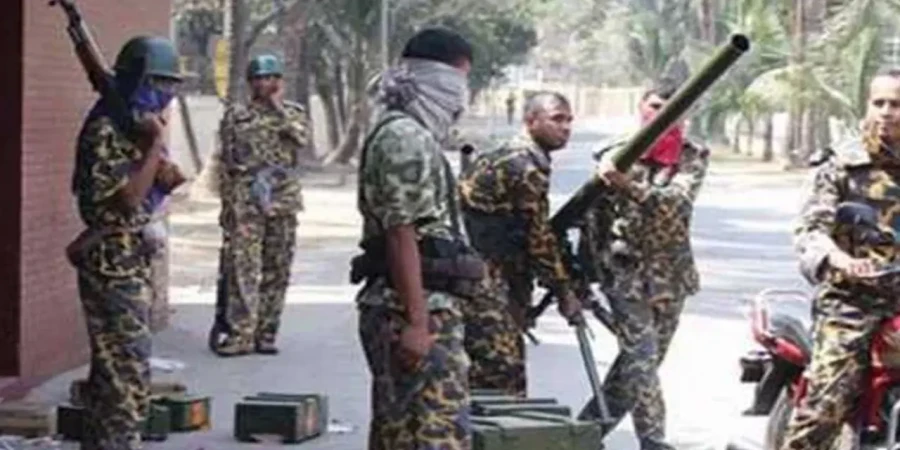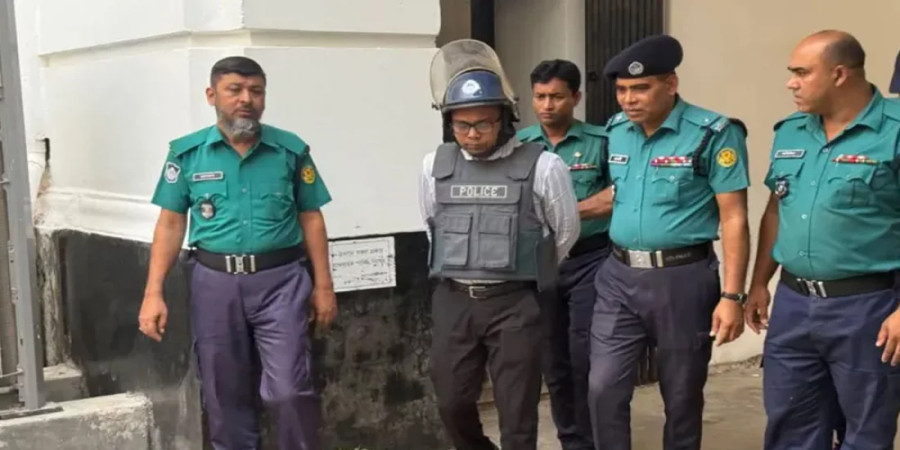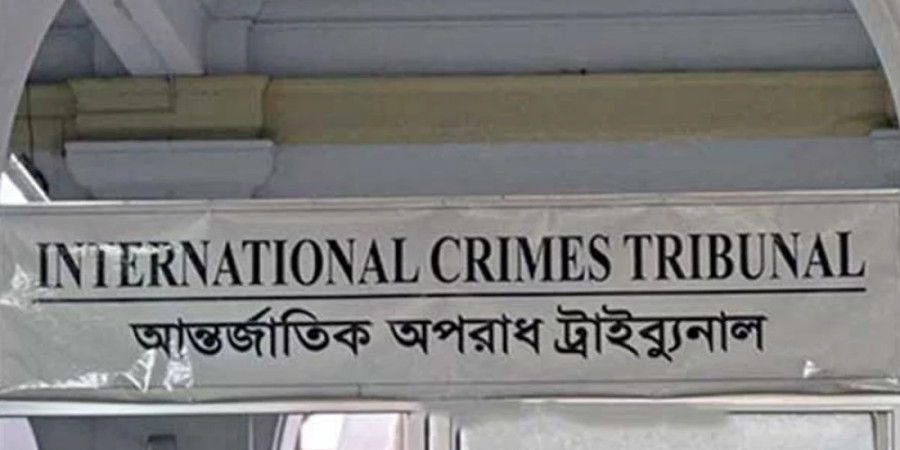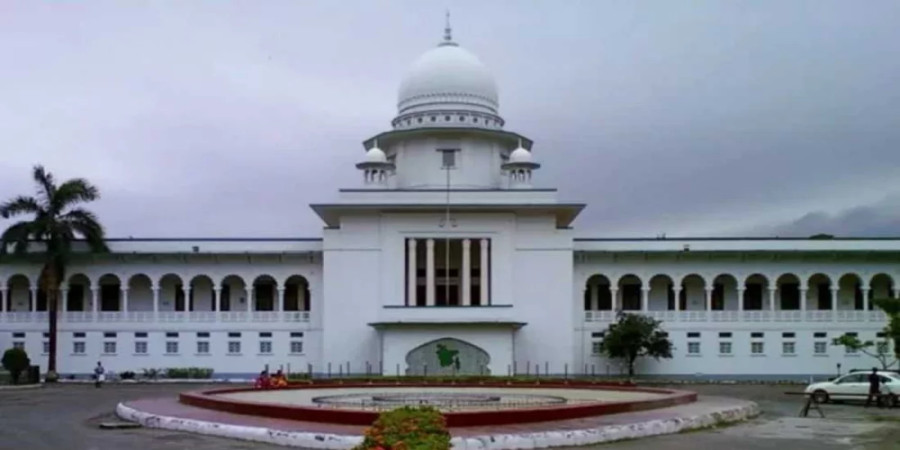
ছবি: Photo: Collected
A former army officer has testified in court that the 2009 Pilkhana BDR massacre was orchestrated under the leadership of former Dhaka South City Corporation mayor Fazle Noor Taposh, and that several other prominent Awami League figures were involved, including former Home Minister Sahara Khatun, Jahangir Kabir Nanak, Mirza Azam, and Mahbub Ara Gini.
The testimony was delivered by retired army Major Zahidi Ahsan Habib during Thursday’s (May 8) court session, according to state counsel Borhan Uddin, who briefed the media after the hearing.
According to the witness, on the morning of the attack, two soldiers named Moin and Kajol entered the Darbar Hall stage from the southern side with firearms. Moin attempted to fire but was restrained by Brigadier Bari, while Kajol exited the hall and fired blank rounds. This triggered an uproar among the soldiers, who shouted “Jago” and exited the hall. Gunfire and explosions erupted outside as most personnel, except for a few officers and soldiers, vacated the hall. The explosions intensified, and panicked officers began calling for help using their phones.
Major Zahidi stated that he contacted Major General Tarique Ahmed Siddique seeking assistance and advised Colonel Shakil Ahmed to speak to him as well. However, the call was reportedly disconnected from the other end. At that point, the soldiers surrounded them, and the intensity of the gunfire increased. The officers retreated behind the stage, with senior officials including the Director General taking positions in the northern area and others in the south.
The DG reportedly used a microphone to instruct Major Nurul Islam to appeal for calm among the soldiers. Meanwhile, Zahidi contacted Major Moin from the Prime Minister’s security detail and stated that he was near Prime Minister Sheikh Hasina. He handed the phone to Shakil Ahmed, who spoke with Hasina, describing the incident as a terrorist act aimed at damaging the government’s image and seeking her intervention. Zahidi recounted trying to pacify the soldiers by referencing the battle of Ghasuniya. Officers including Major Saleh and Colonel Imdad also attempted to reason with the attackers, but were unsuccessful.
The witness further described a group of 10 to 12 armed soldiers storming the Darbar Hall. Zahidi and others, hiding behind a curtain, stepped out and attempted to negotiate with the soldiers, identifying themselves and urging them to lay down their weapons. He tried to appeal to them as a fellow veteran of Ghasuniya, but was struck by bullet fragments deflected off a steel pillar and collapsed. Two soldiers recognized him as a batchmate of Lattu Khan and carried him outside.
There, Zahidi said he saw Subedar Major Nurul Islam being brought in. Beneath a tree, a group of soldiers sat armed with SMG 7.62 rifles and grenades. Upon seeing Zahidi, they reportedly attacked him with rods. Nurul Islam intervened, urging them not to harm him, and suffered a fatal injury in the process. He attempted to drag Zahidi to safety in the field before eventually moving him to a residential quarter. Inside the house of a person named Gofran Mallik, Zahidi observed more armed individuals.
Later that afternoon, according to Zahidi, the situation calmed somewhat, and the soldiers began referring to him respectfully. A meeting was proposed between representatives of the BDR and the army at Rifles Square. Zahidi stated that he learned of a meeting that took place under the leadership of Fazle Noor Taposh involving BDR leaders. The key outcome of that meeting was reportedly an agreement for army officers to withdraw from Pilkhana and for Taposh, in addition to his parliamentary role, to act as the BDR Director General for an indefinite period.
He added that other political figures—Sahara Khatun, Nanak, Mirza Azam, and Mahbub Ara Gini—were also present at that meeting.
The testimony adds a controversial and politically sensitive dimension to the long-standing BDR mutiny case, in which 74 people, including 57 army officers, were killed in one of the bloodiest mutinies in the country’s history. The legal and political implications of the witness account are likely to intensify debates over the true nature and origins of the 2009 massacre.
repoter





